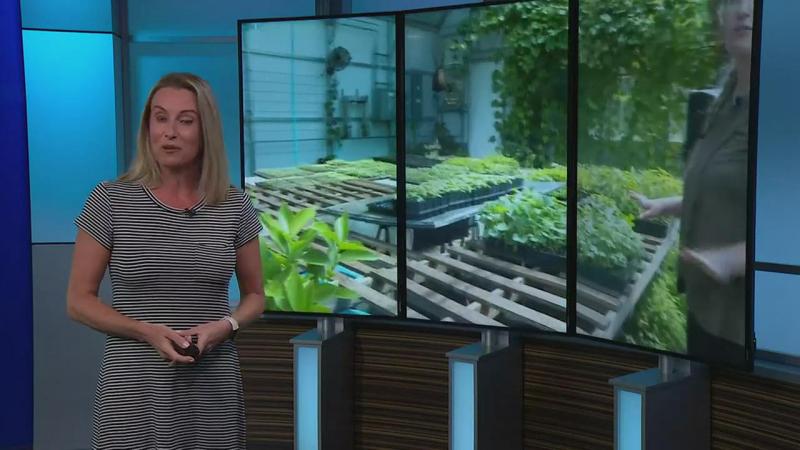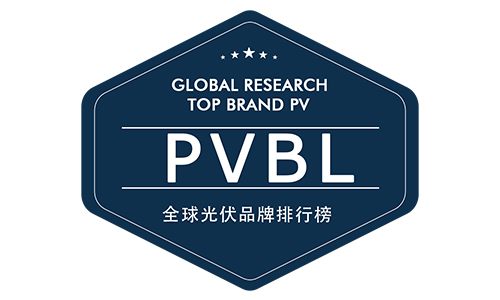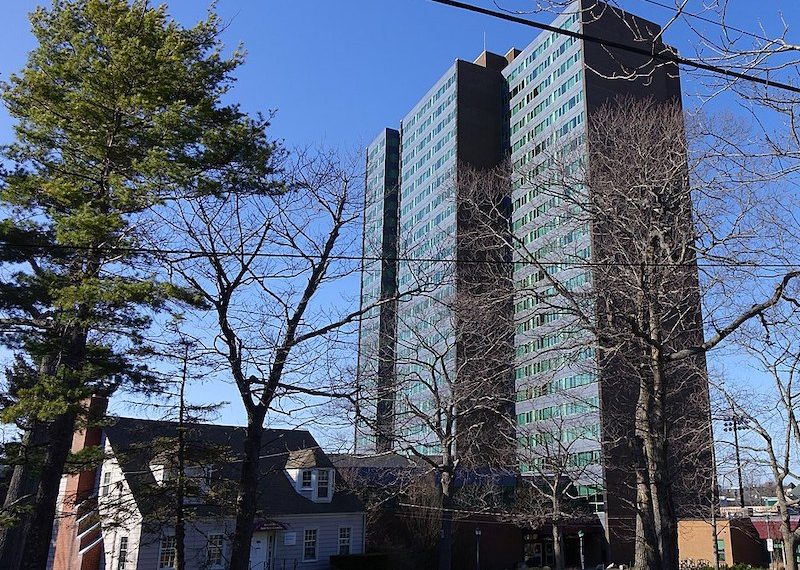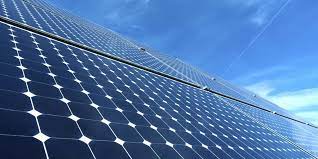The Salton Sea in the southern part of California can supply 600,000 tons of lithium per year, an amount exceeding the current annual consumption of this metal in the United States. The saline lake, rich in geothermal water, could be used for the extraction of lithium. The method is much more environmentally-friendly than production in salt deserts or mines, where there is a danger of causing air, water, and soil pollution.
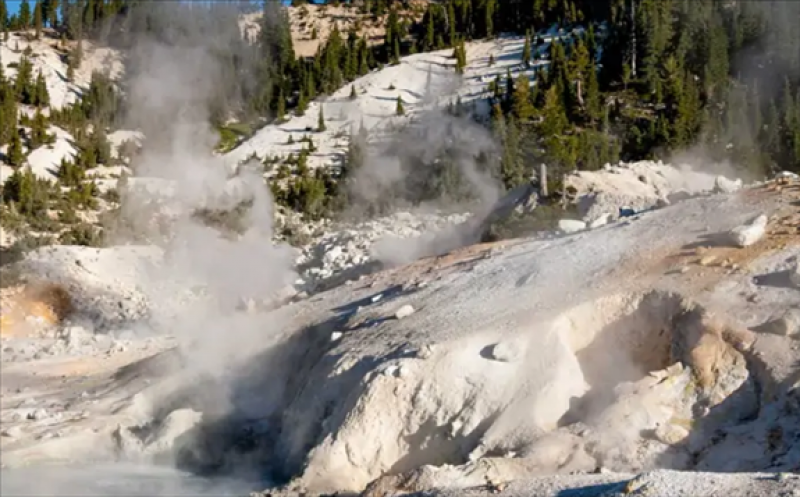 Photo: iStock
Photo: iStock
The US is set to follow the examples of Germany and the United Kingdom in developing cost-competitive technologies for extracting lithium from geothermal water. Such solutions are more environmentally friendly than the extraction from salt deserts in South America or open-pit mines in Australia or China.
Rio Tinto is planning to build a lithium mine and processing plant in Serbia, but it is facing strong opposition by the people.
The US, Germany, and the UK are looking to avoid import dependency as lithium is mainly produced in South America, Australia, and China.
Rio Tinto intends to build a mine in Serbia
The demand for lithium is driven by the decarbonization of the transport and energy sectors. It is needed for batteries for electric vehicles and the storage of energy from intermittent renewable energy sources, such as solar and wind.
Global demand for lithium is expected to increase by about 500 percent by 2050, according to the World Bank Group.
Current and future technologies: salt deserts, open-pit mines, and the Salton Sea
According to the US Department of Energy (DOE), in South America’s Atacama Desert, lithium exports come from salt deserts where underground water is pumped to the surface and stored in large basins. After evaporating, it leaves salts, including lithium.
However, the process is heavily water-consuming, and water is precious in that part of the world. At the same time, there is also the possibility of toxic chemicals polluting potable water sources, DOE said on its website.
On the other side of the world, in Australia, lithium is mined in open pits. The main issues are waste rock and air and water pollution.
Technologies used in South America and in Australia can pollute air, water, and soil
Geothermal energy, however, offers an entirely different solution.
Geothermal water or brine is pumped to the surface and converted to a gas that turns a turbine to generate electricity. Existing geothermal power plants can be used as part of the infrastructure for extracting lithium where the water for producing electricity contains sufficient quantities of lithium.
Geothermal electricity production is already environmentally-friendly, DOE said.
The Salton Sea in California is above the seismically active San Andreas Fault. Molten rock heats the underground water beneath the lakebed into a pressurized brine as hot as 260 degrees Celsius, according to the National Renewable Energy Laboratory (NREL).
There are a dozen geothermal power plants that could produce electricity near the Salton Sea.
Pat Dobson and Will Stringfellow, researchers at Lawrence Berkeley National Lab, said the critical challenge now is to develop the science of extracting lithium from geothermal brines in a cost-competitive and environmentally friendly manner.
USD 4 million prize
The administration of US president Joe Biden has secured USD 30 million to finance new technologies to improve the extraction of lithium from geothermal water, local media reported.
Earlier last year, the Department of Energy’s Geothermal Technologies Office (GTO) launched the American-Made Geothermal Lithium Extraction Prize to “build the mineral extraction workforce and get the entrepreneurial community involved.” Objectives include improving yield and product purity while reducing energy and water consumption rates.
Winning teams to be announced by early 2023
The USD 4 million prize competition consists of three phases – concept, design, and testing – is intended to fast-track improvements to lithium recovery profitability, DOE said, adding that winning teams are expected to be announced by early 2023.
“The combination of a rapidly expanding global demand and the lack of an environmentally safe, cost-competitive domestic supply of lithium has created an urgency to accelerate solutions,” said Caity Smith, geothermal project manager at National Renewable Energy Laboratory (NREL).
